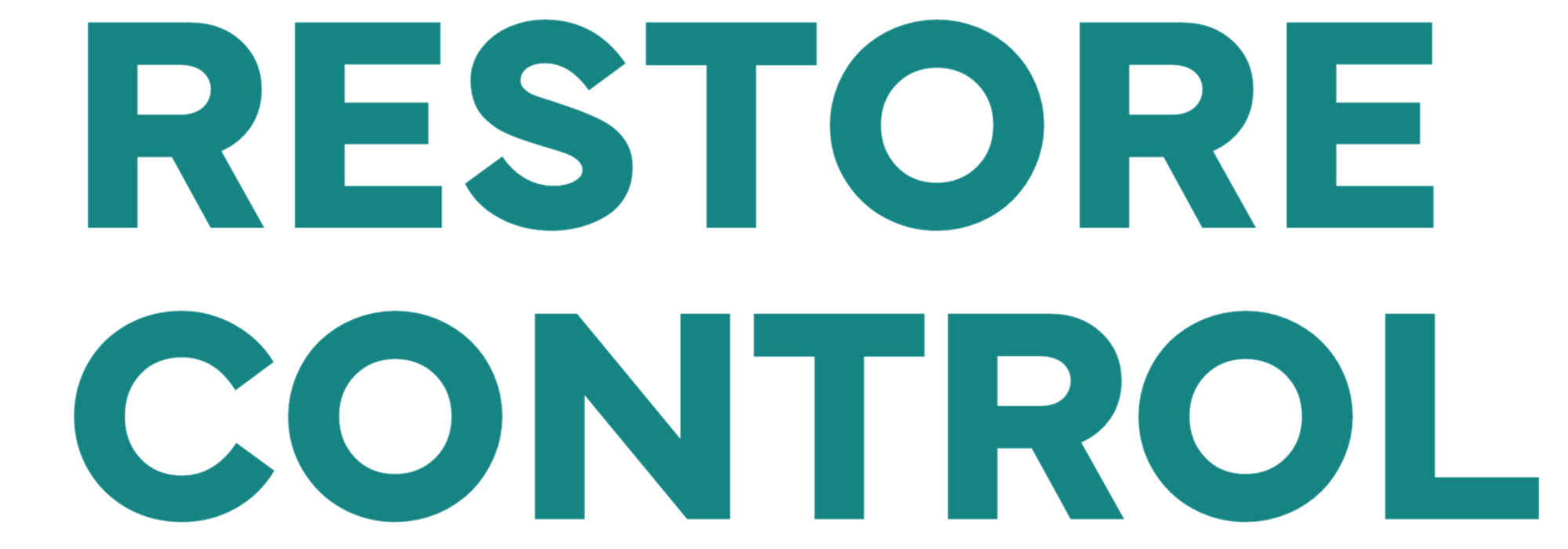At IKONIKA, “RESTORE CONTROL” isn’t just a slogan.
It’s the work itself. It’s what happens when an engineer steps into a system that hasn’t worked right in years - where the backups don’t match, the logic has no descriptions, and no one is quite sure what’s talking to what - and brings it back to the point where the operators can trust it again.
A customer’s vessel had been laid up for nearly ten years. When the customer decided to bring it back into service, the propulsion monitoring system - a Siemens system - wouldn’t communicate with the alarm system. The ship’s redundant servers were out of sync: the primary worked, but switching to the backup broke Modbus communication between systems.
Without redundancy, the alarm monitoring was unreliable, and the ship couldn’t pass Coast Guard inspection or Panama Canal certification. They’d already brought in another technician, but reliability and documentation fell short - limited hours, no clear fixes, and no confidence.
When the IKONIKA engineer arrived on site in Louisiana, he didn’t bring new hardware or a proposal to modernize. He started with what was already there.
The backups were incomplete and undocumented, so he cross-referenced fragments with an older version of code. That gave him a starting map of how the control logic was meant to behave.
Then came the restoration work:
Redundant Server Alignment:
The primary and backup PLC configurations weren’t identical, which broke the data exchange between the propulsion monitoring and alarm systems whenever the crew switched servers. Our engineer rebuilt the configurations so both sides matched line for line, validated Modbus communication, and tested failovers until both paths switched cleanly.
Temperature Controller Integration:
The crew had replaced temperature controllers and monitoring on the transformer windings, but the new hardware used a different communication data format. Our engineer rewrote the PLC logic to align the data structure with the existing Modbus network, ensuring winding temperatures displayed accurately on the control room alarm interface.
No rewiring, no panel rebuilds - just logic, patience, and understanding an old system on its own terms. By the time he left, both redundant paths were stable, and the temperature monitoring worked again. The alarm system displayed accurate readings across both servers.
The change wasn’t just technical. It was emotional. The operators now trust their systems. Our customer said the fix brought him peace of mind because now, if something happened, he knew he’d actually see it.
That’s what Restore Control looks like.
It’s not about replacing old technology for the sake of it - it’s about turning uncertainty into reliability, bringing order back to chaos, and giving people confidence in their systems again.
Restore Control means giving people back the calm confidence that their system will do what they expect, when they need it most.

